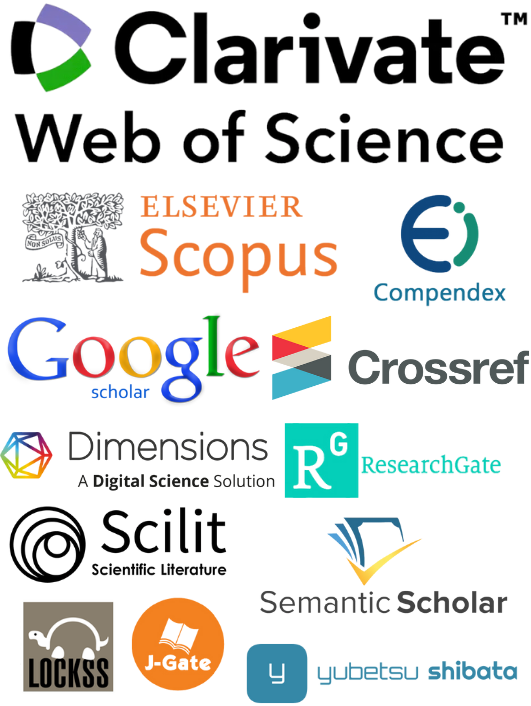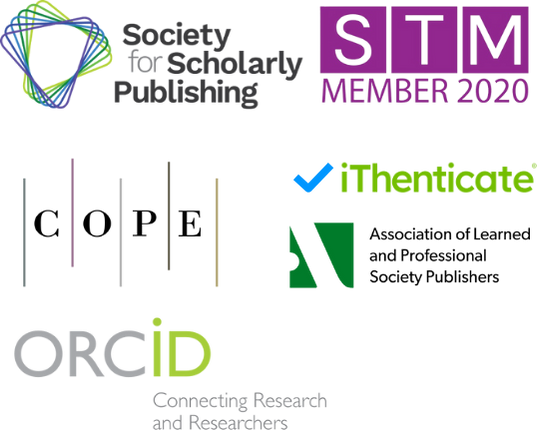Research on Application of Deep Learning in Optimizing the Performance of Autonomous Vehicles
Keywords:
deep learning, autonomous driving, performance optimization, image processing, vehicle road collaborationAbstract
With the rapid progress of automatic driving technology, deep learning has received extensive attention in the performance optimization of autonomous vehicles. With its excellent data processing and pattern recognition functions, deep learning has enhanced the perception accuracy, real-time response ability, security and positioning accuracy of the auto drive system. This study explores the practical application of deep learning in autonomous vehicles and provides a detailed analysis of optimization strategies in areas such as image processing, vehicle road collaboration, multi task learning, and global path planning. Aiming at the problems existing in the current auto drive system in terms of insufficient perception accuracy, low real-time performance, and poor positioning accuracy, a series of improvement measures based on deep learning are proposed to improve the overall operation performance of the system and ensure driving safety.
References
1. L. Berek, “Autonomous vehicles from another perspective–a literature analysis,” Interdiscip. Des. Complex Syst. INDECS, vol. 21, no. 2, pp. 180–187, 2023, doi: 10.7906/indecs.21.2.7.
2. N. Defauw, M. Malfante, O. Antoni, T. Rakotovao, and S. Lesecq, “Vehicle detection on occupancy grid maps: comparison of five detectors regarding real-time performance,” Sensors, vol. 23, no. 3, p. 1613, 2023, doi: 10.3390/s23031613.
3. K. Khnissi, C. B. Jabeur, and H. Seddik, “Implementation of a compact traffic signs recognition system using a new squeezed YOLO,” Int. J. Intell. Transp. Syst. Res., vol. 20, no. 2, pp. 466–482, 2022, doi: 10.1007/s13177-022-00304-6.
4. J. C. Chen, Y. Qin, H. Y. Wang, and C. Xu, “Simulation might change your results: a comparison of context-aware system input validation in simulated and physical environments,” J. Comput. Sci. Technol., vol. 37, no. 1, pp. 83–105, 2022, doi: 10.1007/s11390-021-1669-1.
5. S. Mehtab and W. Q. Yan, “Flexible neural network for fast and accurate road scene perception,” Multimedia Tools Appl., vol. 81, no. 5, pp. 7169–7181, 2022, doi: 10.1007/s11042-022-11933-0.
6. A. Hosney Radwan and A. A. Ghaney Morsi, “Autonomous vehicles and changing the future of cities: Technical and urban perspectives,” J. Urban Regener. Renew., vol. 16, no. 1, pp. 85–108, 2022.
7. M. K. A. Chy, A. K. M. Masum, K. A. M. Sayeed, M. Z. Uddin, et al., “Delicar: a smart deep learning based self driving product delivery car in perspective of Bangladesh,” Sensors, vol. 22, no. 1, p. 126, 2021, doi: 10.3390/s22010126.
Downloads
Published
Issue
Section
License
Copyright (c) 2025 Linfeng Hao (Author)

This work is licensed under a Creative Commons Attribution 4.0 International License.


